How to make natural pigments?

What is a pigment?
First of all, let's define what a pigment is. According to the dictionary definition, a pigment is"a substance, usually in the form of a fine powder, insoluble in the usual suspension media, used in painting for its optical, protective or decorative properties. (A distinction is made between metallic, mineral, organic and organometallic pigments)".
When we speak of natural pigments in paint, we are referring to pigments that are not derived from the petrochemical industry. Ochres, clays and other minerals fall into this category. However, it's not these pigments that interest us here. Let's concentrate instead on natural organic pigments derived from plant, animal or insect sources.
To obtain these natural pigments, a chemical transformation is required. Someone asked me in the comments whether it was possible to obtain paint simply by grinding a plant finely and mixing it with a binder. I myself tested this method with turmeric when I started making my own pigments, but the result proved inconclusive.
The reason is simple: plants contain soluble colorants, which do not behave like pigments. A pigment, by definition, must be insoluble in the medium in which it is used (water, oil, etc.). If you grind a plant and mix it directly with a binder, the colorant is likely to dissolve, migrate or fade rapidly, making the paint unstable and not very durable.
To transform a vegetable colorant into a pigment usable in paint, the colorant must be fixed to a mineral support to render it insoluble. This is called creating a pigment-lacquer. Without this step, results are often disappointing.
what are lacquer pigments?
Also known as pigment lacquers, these organic pigments are obtained by precipitating a colorant of plant or animal origin onto a mineral carrier. This reaction generally takes place in the presence of a metallic salt, such asalum (potassium aluminum sulfate). The term "lacquer" derives from the Italian lacca, which designates both shellac and the source of carmine dye.
Lacquer pigments are among the oldest known organic pigments. Since ancient times, natural colorants have been precipitated onto mineral substrates to create more stable pigments suitable for painting. This technique improved the durability and intensity of colors.
However, lacquer pigments often suffer from a bad reputation. Although they offer brilliant, transparent colors, some of them are notorious for their fugacity, i.e. their tendency to fade under the effect of light. Ancient painters were aware of this problem, but used these pigments to revive duller, but permanent, mineral colors. They understood that while lacquer color could fade over time, mineral color remained unalterable.
The appeal of lacquered pigments may seem limited by their potential instability, but it's important to qualify this point. In fact, many lacquered pigments are quite weather-resistant. Notable examples include those extracted fromindigo, madder, kermes, cochineal, gaude,isatis tinctoria, safflower, savory, broom, chestnut, oak and walnut. These pigments have proven their usefulness and durability in numerous artistic and historical applications.


Where are the colorants extracted from?
The colorants used to make lacquer pigments come mainly from plants, trees, roots or insects. Some plants concentrate their colorants in their leaves, while for others they are found in greater quantities in the roots. It is therefore necessary to carry out preliminary research to identify which part of each source contains the highest concentration of colorants.





Recipe
1 week
Easy
Cheap
IMPORTANT
Just because an ingredient is natural doesn't necessarily mean it's safe or non-toxic. This recipe includes potassium alum which, although natural, is controversial and it's important to be aware of this. It is therefore recommended to use gloves and a face mask when extracting pigments.
Bear in mind that the quantity of pigments can be random, depending on the origin of the colorants.
Don't use iron utensils in this recipe (unless you want a darker shade).
This recipe does not work with indigo or madder, which require a different process.
You can find the recipes for gaude lacquer, madder lacquer and indigo lacquer in which I deal more specifically with these plants.
Ingredients
- Tinctorial parts of a plant or animal
- ~ 15 g blanc de meudon (or other calcium carbonate) - Soda crystals (sodium carbonate) can also be used.
- ~ 30 g potassium alum
- Demineralized water
Utensils
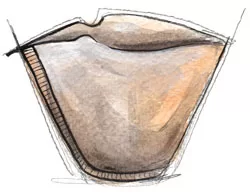
Paper coffee filters
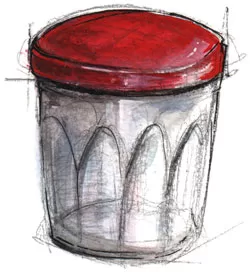
1 jar with lid
To preserve pigments

1 pissette

1 brush

1 metal spatula

3 large jars
At least 1 L

1 ceramic plate
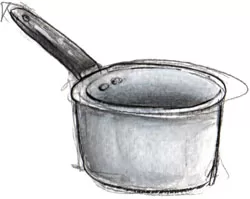
1 saucepan

1 flexible spatula
plastic or silicone
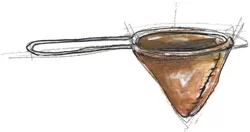
1 fabric filter

1 funnel
Preparation
Part 1 - Dye extraction
1. Collect dye.
In the case of plants, not all colorants are obtained from the same parts of the plant, so you need to do your own research or experimentation to find out which part of your plant contains the highest concentration of colorant.
2. Dye extraction
The dye extraction method varies according to the part of the plant used. As a general rule, I follow these steps:
- For the flower petals, which are the most fragile parts, I let them macerate for at least 4 hours in a saucepan and then heat them over very low heat for about ten minutes.
- For the leaves, I place them in a saucepan with cold water, which I heat to 90°c for at least 40 minutes, then leave to infuse for at least 24 hours.
- For hard parts like trunks and branches, I boil them for between 40 minutes and 2 hours to extract the maximum amount of colorant (adding more water if necessary), then leave them to cool.
It is always preferable to use demineralized water.

Then I suggest you transfer the whole thing to a large jar to make the next step easier (it's not compulsory).

3. Filtration
Once the colored liquid is obtained, filter it through a cloth filter (or a clean cloth) into a new, large jar.
The juice should be perfectly filtered and contain only liquid, with no solid residue. If necessary, filter several times.

Part 2 - Obtaining lacquer pigments
Step 1
Reserve one liter of juice.
Step 2
Mix potassium alum and 10 cl water in a saucepan.
Heat slowly until the potassium alum is completely dissolved.

Step 3
Pour the diluted potassium alum into the reserved juice and stir.

Step 4
Slowly pour the calcium carbonate (or soda crystals) into the previous preparation.

Step 5
Stir the preparation SLOWLY with a brush (or fine stick), as a chemical reaction will occur, forming a dense foam. Although this is an indication that the recipe is working, be careful not to overflow the container, or you risk losing pigments.

Step 6
Leave the mixture to stand for 24 hours.
A precipitate forms and settles at the bottom of the container. These are the future pigments.

Step 7
To save time on the next step, pour the maximum amount of colored water above the precipitate into another jar (or any other container).
Take care not to pour the precipitate formed in the previous step into this container.
Avoid releasing this water into the environment. Ideally, let it evaporate naturally. Alternatively, you can reuse it to obtain lighter pigments by repeating this recipe.

Step 8
Prepare a large jar with a funnel and place a coffee filter inside. (1)
Pour all the precipitate into the other jar. (2)
Filter for 24 hours.
Inside the filter, the precipitate forms a kind of paste, rather like in a paint can.


Step 9
Once filtering is complete, fill the filter pan with hot water and carefully rinse the edges of the coffee filter to remove any paste deposits from the walls. This removes any remaining impurities.
Repeat the operation twice.
Filter again.
As in one of the previous steps, the colored water filtered into the jar can be left to evaporate naturally, or reused to make lighter pigments.

Step 10
Use the flexible spatula to spread the dough on a ceramic plate and allow to dry completely.
This can take up to a week.
You can speed up the process by drying the pigments in the microwave. Start by heating them for 3 minutes, then repeat the operation several times, gradually decreasing the heating time, checking each time that the pigments don't burn, until they are completely dry.
It is normal for the color to lighten as it dries. When the pigments are mixed with a binder, they will regain their original hue.

Spread evenly over the entire plate so that the pigment dries more quickly.

Step 11
Using the metal spatula, scoop the pigments into the jar, which has a lid.
Before closing the jar, make sure the pigments are completely dry, to avoid any risk of mildew.
Store the jar in a dry place, out of direct sunlight.
And that's it! Your pigments are ready to be used to create your own paint.

The recipe on video
Here's a video in which I show you how to extract pigments from carrot tops

Share
And also :

Courses and workshops
During the year, I organize various workshops and courses to learn how to make your own paints.

Resources
I've collected websites and books dedicated to making paints, stains, inks and other artistic materials.
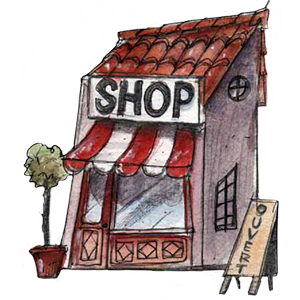
Store
I'm selling some of my creations.
Newsletter
If you sign up, you won't receive any spam from me, just one or two newsletters a month, no more.
- HOME
- ABOUT US
- MY WORKS
- MAKE YOUR OWN PAINTS
- How to make watercolours?
- How to make charcoal easily?
- How to make natural pigments easily?
- How to make dry pastels?
- How do I easily re-tension a canvas?
- How do I make black ink for calligraphy?
- Making lye with wood ash
- Making flour paint
- Making blue pigments with indigo
- Recipe for iron acetate (nail soup)
- Make soda crystals with baking soda.
- Madder lacquer recipe
- Gaude lacquer recipe
- Making gouache
- How to make walnut stain easily?
- How do I make calcium carbonate at home?
- How to make egg paint?
- WORKSHOPS / COURSES
- RESOURCES
- FORUM
- THE SHOP
- CONTACT

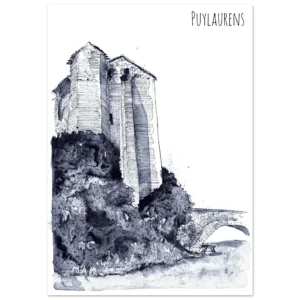

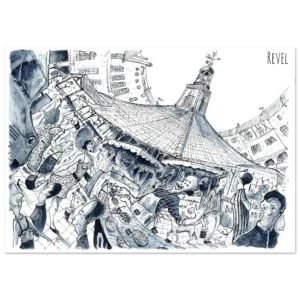
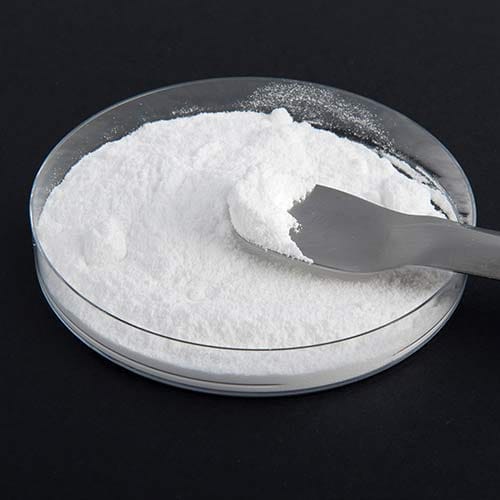
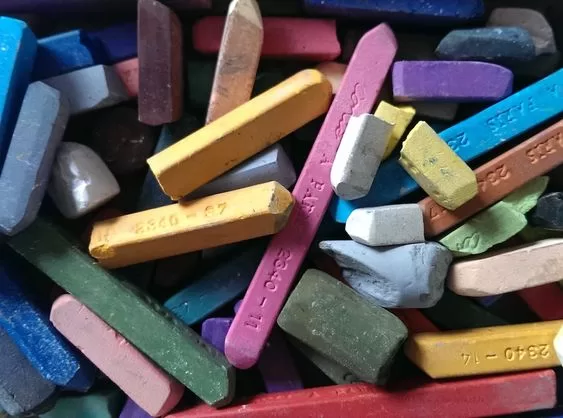
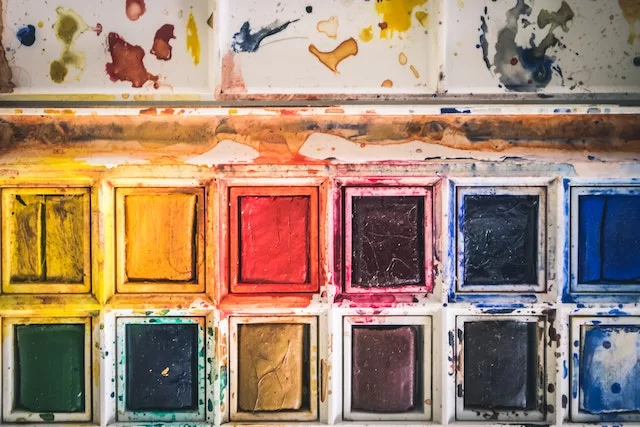

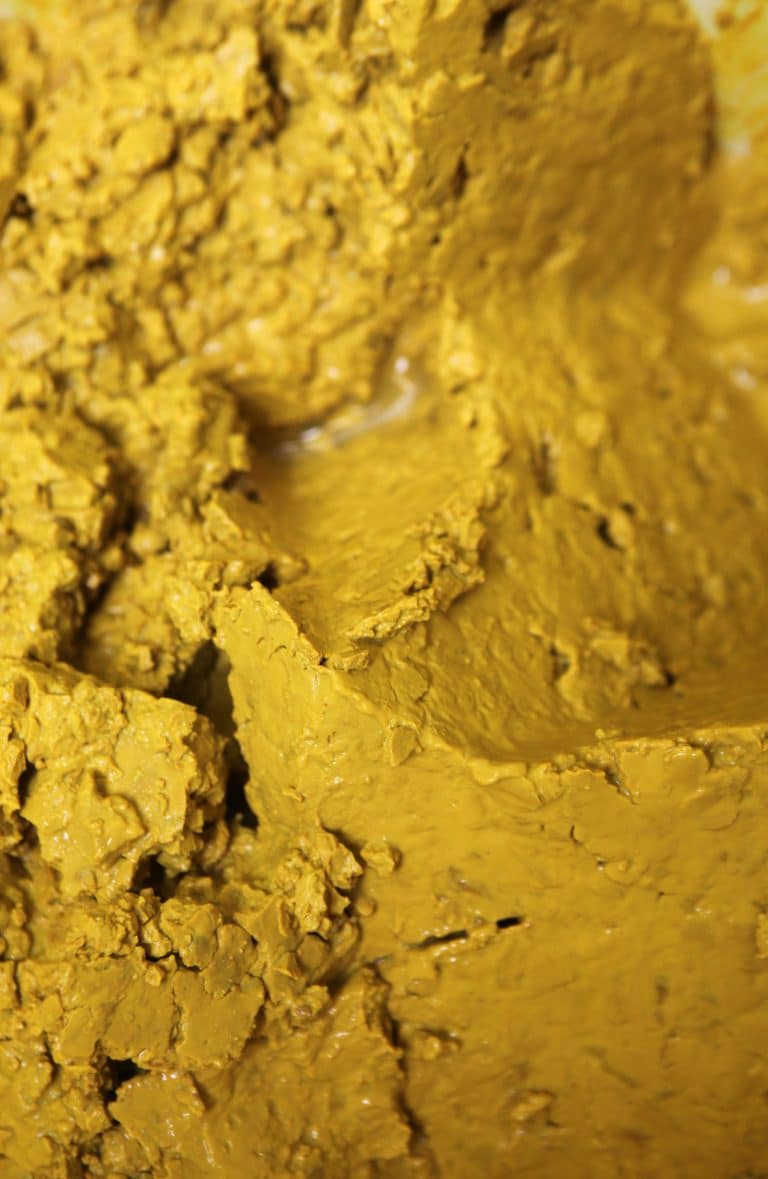
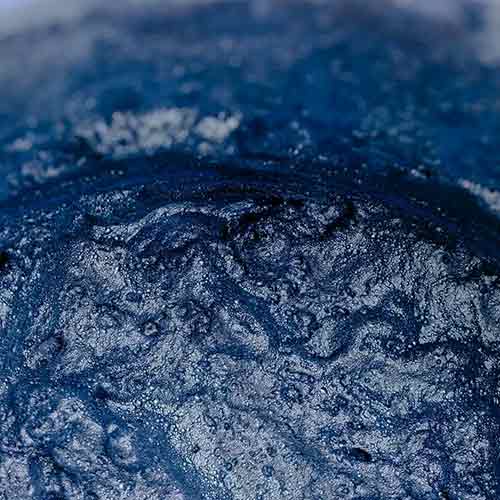
15 responses
Bonjour et merci pour toutes vos fiches c'est une vraie mine d'or. I'd like to go through the process of making pigments with my 3 year old. I try as much as possible to use non-toxic elements for handling. I've tried and tried, but I can't find an alternative to alum. Do you know if another process with another precipitating ingredient exists? Thanks in advance Alexia
Hello.
Thank you for your message. I'm glad you found my cards useful.
As far as alum is concerned, I'm also looking for alternatives to this product, and it's not easy. I've tried replacing it with sorrel salt, which works, but the colors obtained are not the same as with alum salt. What's more, sorrel salt isn't completely harmless either.
I've recently discovered a number of trails that I haven't yet tried out.
1. There would be the option of using naturally alumina-rich plants, such as symplocos. This plant comes from rainforests in tropical to temperate regions, and is found in South and East Asia, but also in South America (personally, I'm a little reluctant to try this option because of the environmental impact, but that's just my point of view). It can be found in stores on the Internet, and is rather expensive, but if you're interested, I'll pass on a link: https: //couleur-garance.com/boutique/droguerie/mordants/symplocos/.
2. I saw an artist using aluminum-rich river clay. Again, I think you need to research where to find clay rich enough in aluminum for this to work.
Alternatively, you can also make indigo pigments! It's an ideal recipe to make with your child, as it doesn't require alum and gives a blue color that, personally, I find beautiful. I've posted the recipe on this site.
Anyway, that's the state of my current research. As soon as I've found an alternative to alum, I'll do an article on this site.
Have a nice day!
Hello, Thank you for your website and all the knowledge sharing!
It's very generous!
I'd like to make watercolor and gouache, where can I buy products like alum, gum arabic, blanc de meudon...
Thank you and have a nice day
Hello,
These products are sometimes available from drugstores.
Meudon white is very easy to obtain. You'll find it in the cleaning section of supermarkets, or in DIY stores.
Gum arabic, which is sometimes used in cooking in Senegal and North Africa, can sometimes be found in specialized grocery stores.
Alum is undoubtedly the most difficult to find without using the Internet. If you can't find it in a drugstore, I advise you to search online.
You can find all these products on websites such as :
https://couleur-garance.com
https://www.ocres-de-france.com/fr
I wish you a very good day and I hope my answer will be useful to you!
Hello, Thank you for your answer! I found almost everything! For the alum I used alum stone that I crushed. Unfortunately, all the tests were failures... there was no chemical reaction when I put the soda crystals in. I tried with American grapes that I had prepared, alder juice and hibiscus juice that I had left over from previous cookings... I'm a bit disappointed... I'll try to find powdered alum and try again...
Have a nice day
Hello,
Yes, it's strange. Normally, alum reacts with sodium carbonate (soda crystals) or calcium carbonate (blanc de Meudon). As you say, it's possible that this is due to the alum stone, which is not pure. In any case, don't be discouraged. If you have the opportunity to try again with potassium alum (or aluminum sulfate), there's no reason why it shouldn't work.
Good evening
Hi, thanks for your encouragement! I'm going to try aluminum sulfate, which is easier to find. I'll let you know if I succeed.
Good afternoon.
Hello,
thank you very much for all these cards, I've recently become interested in making vegetable watercolors I find it exciting but finally there are not many resources (or I did not find!!). In any case, combining your pigment and watercolor rectte works very well. I've also looked at quite a few resources related to dyeing and I've often noticed that they manage to obtain other colors by adding bicarbonate, lemon, iron... Do you think this could also work for pigment (knowing that alum is added to fix it)? I've done a little test which seems mixed...
have a nice day
orélie
Hello Orélie,
Welcome to the world of vegetable colors! I'm glad you found my cards useful for creating watercolors with natural pigments.
It's entirely possible to modify pigment colors by using various ingredients. You can add a little iron, lemon, etc., to your colorant with alum. You'll need to experiment to adjust the quantities, as it all depends on the plants and the desired colors. Iron darkens colors, but has the advantage of making them more UV-resistant. Citric acid can also change some colors, which is particularly noticeable with those obtained from hibiscus or Virginia creeper, for example.
If you're looking to do without alum, you can obtain pigments by replacing it with sorrel salt (oxalic acid), found in the household section of supermarkets. Oxalic acid precipitates pigments and produces different shades from those obtained with alum. However, sorrel salt is corrosive, and should not be poured down the sink.
I'm still looking for other ingredients that would enable me to obtain alum-free pigments, but I haven't found the magic ingredient yet.
I hope you find these explanations useful!
Have a nice day.
Hello, I wrote to you in October, I have successfully extracted pigment from American grapes and wild plums! I used alum powder and blanc de meudon, I think it was the last ingredient that really made the difference!
I've managed to make my watercolors, but I need to improve the texture! I wanted to keep you posted as you've shared some great tips with me! Have a great evening!
Hello and thank you for keeping me informed of your progress! I'm glad you've managed to extract pigment from American grapes and wild plums. With a little practice, you'll quickly master the art of making watercolors.
If I could give you one piece of advice, it would be to have a notebook in which you can record the reactions of the pigments with the different ingredients, keep track of the evolution of your colors, and so on. Personally, it's helped me a lot to progress.
A very good evening to you too
Yes, I try to write down as much as possible, and I realize afterwards that I'm still missing information! Have you tried mixing pigment and oil? Watercolor is very nice, but I really like working with oil paint! I'll give it a try!
Honestly, I'm by no means an expert in oil paint. I've done a few quick tests with linseed oil, but I can't give any advice on the subject. However, I'd be interested to know the results of your future tests!
Hello, wow thank you for sharing! As a herbalist among other things, I started using vegetable prints 2 years ago. I've made a few food preparations with violets over the last 2 weeks and by chance obtained a pretty color chart, which got me interested in watercolors... Now I can't wait to try this too, and thanks to your super-precise recipes I have a feeling it's going to be my new summer hobby!
Hello, I'm delighted that my recipes can accompany you on this new summer adventure. You'll find the experience of making your own inks and pigments very rewarding, almost magical. I hope you enjoy your experiments.